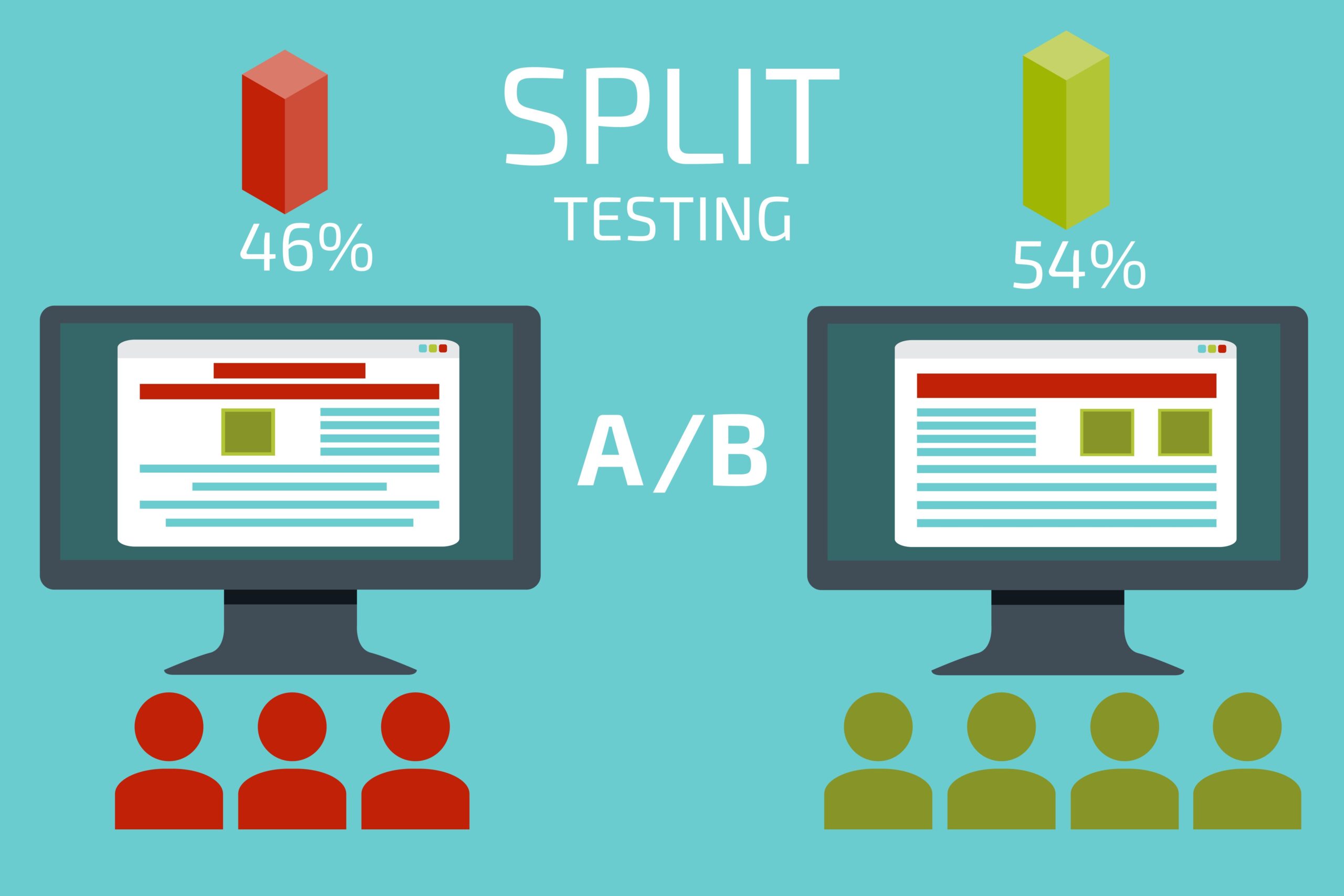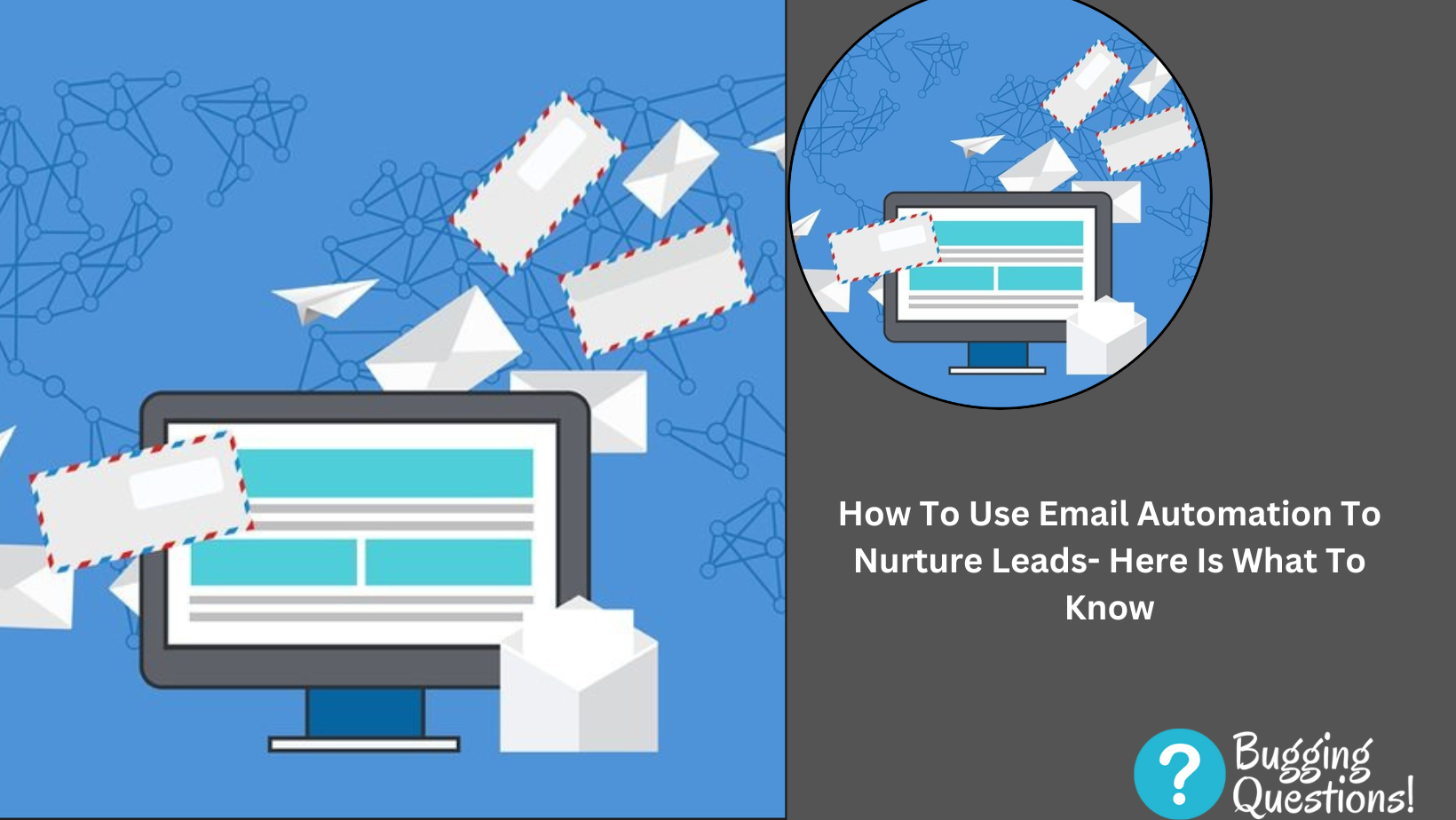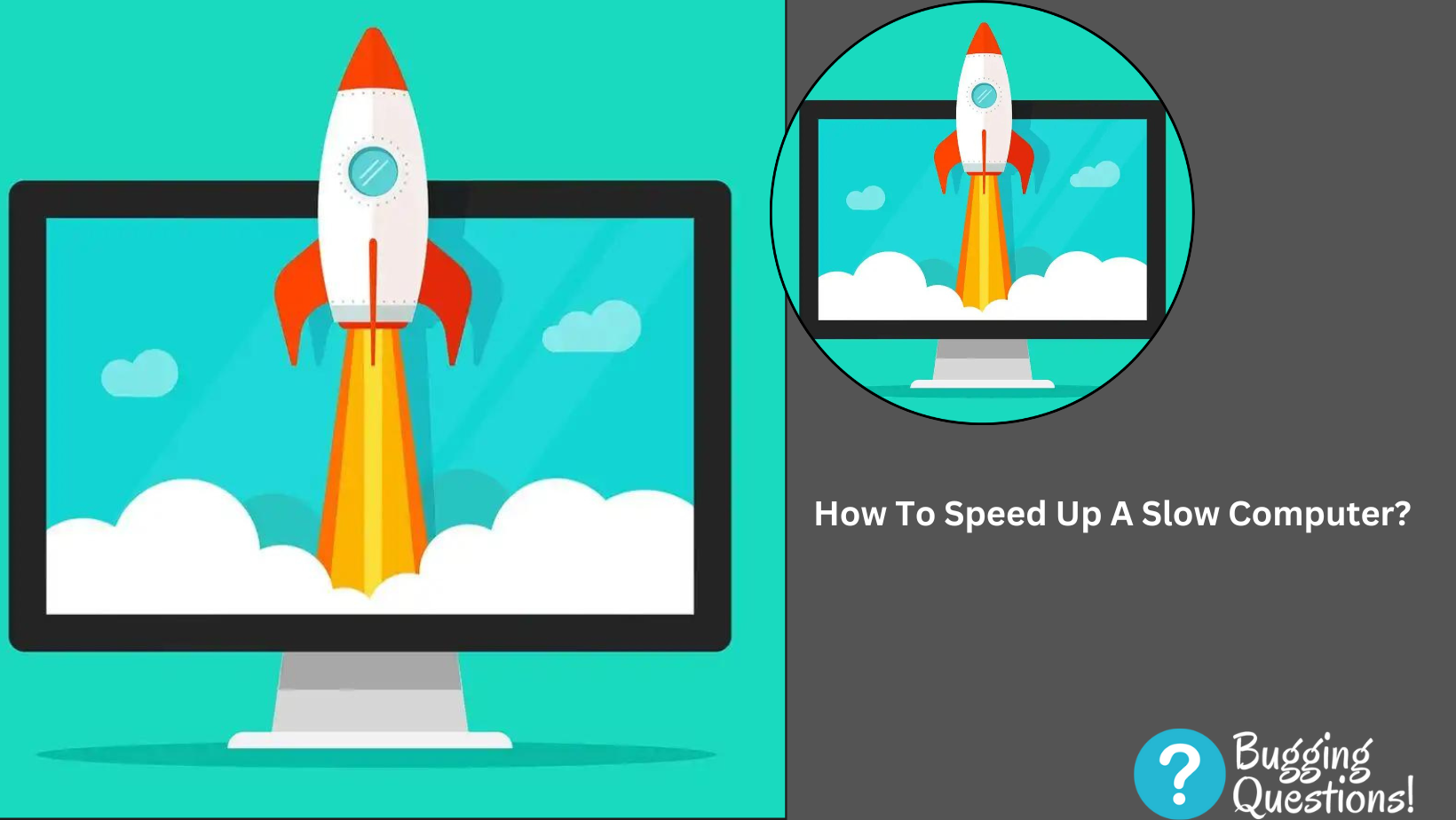How To Conduct A/B Testing For Better Conversion Rates: In the competitive landscape of online marketing, businesses are constantly looking for ways to optimize their websites and improve conversion rates. One effective method that can significantly impact the success of a website is A/B testing.
A/B testing, also known as split testing, allows businesses to compare two or more versions of a webpage to determine which one performs better in terms of conversions. In this article, we will guide you through the process of conducting A/B testing to help you achieve better conversion rates and outperform your competitors.

1. Set Clear Goals And Objectives
Before diving into A/B testing, it’s crucial to define your goals and objectives. What specific metrics or actions do you want to improve? Is it increasing newsletter sign-ups, boosting sales, or reducing bounce rates? Clearly identifying your goals will help you measure the success of your A/B tests accurately.
2. Identify Key Areas For Testing
To conduct effective A/B testing, you need to identify the key areas on your website that have the most significant impact on conversions. Start by analyzing your website’s analytics data to identify pages with high traffic volumes or pages where users tend to drop off. These areas are ideal for testing as small changes can potentially yield significant results.
3. Formulate Hypotheses
Once you have identified the areas to test, it’s time to formulate hypotheses. A hypothesis is a statement that predicts the outcome of your test. For example, you might hypothesize that changing the color of your call-to-action button from red to green will increase click-through rates. Make sure your hypotheses are based on solid reasoning and data to increase the chances of success.
4. Create Variations
In A/B testing, you create different versions of a webpage to test against the original or control version. These variations should include changes based on your hypotheses. For example, if your hypothesis is about the call-to-action button color, create a variation with a green button alongside the original version with a red button.
5. Implement A/B Testing Software
To conduct A/B testing, you’ll need reliable software that can split your website traffic between the different variations and measure their performance. There are several tools available that can help you with this, such as Google Optimize, Optimizely, or VWO. Choose a tool that suits your needs and integrates well with your website.
6. Run The Experiment
Once you have set up your A/B testing software, it’s time to run the experiment. The software will randomly assign visitors to either the control or variation(s) and track their behavior. It’s essential to run the experiment for a sufficient duration to gather statistically significant data. This duration may vary depending on your website traffic and the desired level of confidence.
7. Analyze The Results
After the experiment has run its course, it’s time to analyze the results. Look at the data collected by the A/B testing software and compare the performance of the variations against the control. Pay attention to the metrics that matter most to your goals, such as conversion rates, click-through rates, or engagement metrics. Determine which version performed better and draw conclusions from the data.

8. Implement The Winning Variation
Based on the results of your A/B test, implement the winning variation on your website. This could involve updating the design, copy, or functionality of the page. Monitor the performance of the winning variation and continue to iterate and test further to uncover more opportunities for improvement.
9. Continuous Testing And Optimization
A/B testing should not be a one-time effort but an ongoing process of continuous improvement. Keep testing and optimizing different elements on your website to ensure you stay ahead of the competition and maximize your conversion rates. Remember to test one element at a
time to isolate the impact of each change accurately. By focusing on one element at a time, you can attribute any improvements or setbacks to that specific change, allowing for more precise optimization.
10. Expand Testing To Other Pages
Once you have successfully optimized a particular page, don’t stop there. Extend your A/B testing efforts to other critical pages on your website. Whether it’s the homepage, product pages, or checkout process, each page presents unique opportunities for improvement. Remember to tailor your testing to the specific goals and objectives of each page.
11. Consider Segmentation And Personalization
To take your A/B testing to the next level, consider segmenting your audience and personalizing their experiences. Different user segments may respond differently to variations on your website. By segmenting your audience based on demographics, behavior, or preferences, you can create targeted variations that speak directly to their needs and increase conversion rates.
12. Learn From Failed Tests
Not every A/B test will yield positive results, and that’s okay. Failed tests provide valuable insights and opportunities for learning. Analyze the data from unsuccessful tests to understand why certain changes didn’t resonate with your audience. Use this knowledge to refine your hypotheses and make more informed decisions in future tests.
13. Stay Updated With Industry Trends
The field of conversion rate optimization is constantly evolving. Stay updated with the latest industry trends, best practices, and case studies. Attend conferences, read blogs, and engage in discussions with other professionals in the field. By staying informed, you can leverage new techniques and strategies to stay ahead of the competition.
14. Leverage User Feedback
A/B testing is just one part of the equation. Don’t forget to collect and leverage user feedback to gain deeper insights into your audience’s preferences and pain points. Surveys, feedback forms, and user testing sessions can provide valuable qualitative data that complements the quantitative data gathered from A/B tests. Use this feedback to generate new hypotheses and prioritize your testing efforts.
15. Document And Share Results
Documenting and sharing the results of your A/B tests is crucial for fostering a culture of data-driven decision-making within your organization. Create reports summarizing the hypotheses, variations, and outcomes of each test. Share these reports with stakeholders, such as marketing teams, designers, and developers, to foster collaboration and encourage further experimentation.
By following these steps and continuously refining your A/B testing strategy, you can effectively improve your website’s conversion rates and surpass your competitors. Remember, A/B testing is not a one-time effort but a continuous process of optimization and refinement.
Continue to check our website (buggingquestions.com) for more articles of this kind. And, please use our comment section as well, we would love to hear from you.









